15 Surprising Etiquette Rules to Follow at a Fancy Restaurant
When dining at an upscale restaurant, the food might take center stage, but your manners play just as important a role. Fine-dining etiquette has evolved into a subtle language that shows awareness and respect for everyone around the table. This guide highlights 15 small gestures that help you look effortlessly refined.
Dress The Part

Credit: Canva
Check the restaurant’s dress code before you go. A blazer, collared shirt, or tailored outfit fits right in, while casual wear stands out for the wrong reason. Dressing well respects the space, sets the tone for the meal, and helps you feel naturally at home in the setting.
Keep Your Phone Off The Table
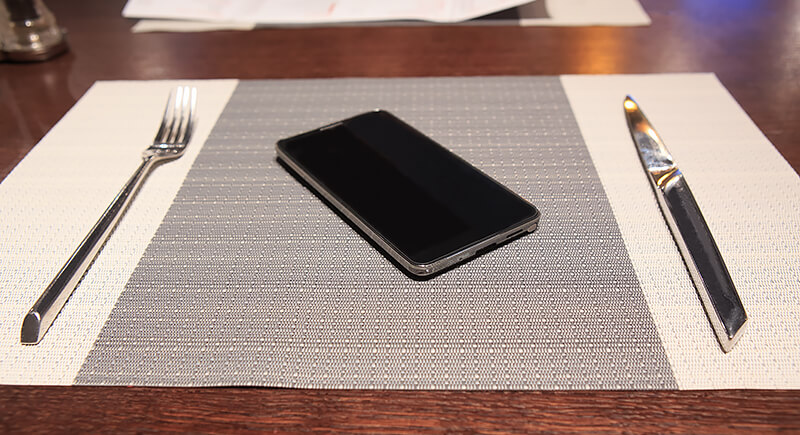
Credit: iStockphoto
An uncluttered table always looks refined, and that includes putting your phone away. It helps you stay focused on the company and conversation while showing respect for the dining experience. Leaving your phone out of sight signals attentiveness, calm, and genuine presence.
Let Your Host Order First
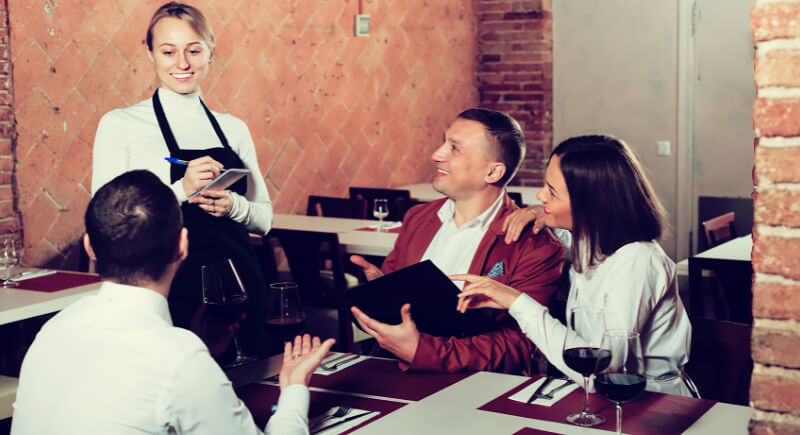
Credit: Getty Images
When someone invites you out, follow their lead once the menus arrive. Let them order first and handle the pacing, especially when wine or tasting menus are involved. It’s a simple nod of respect that keeps the meal coordinated and prevents any awkwardness over who speaks up first.
Menus Stay On The Table
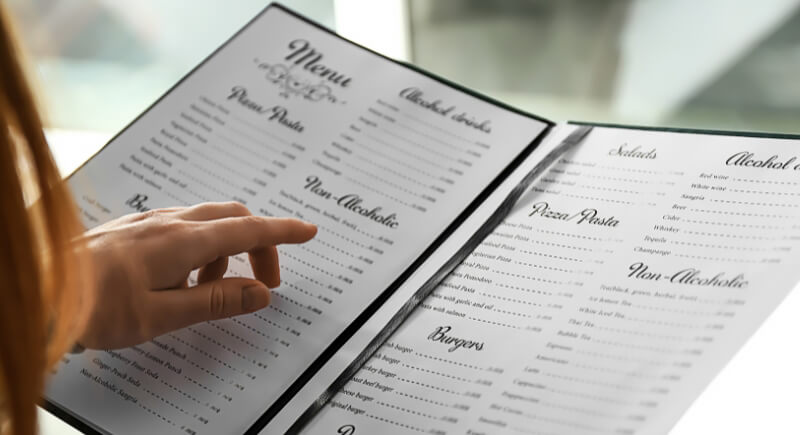
Credit: Canva
Instead of holding your menu in midair, rest it lightly on the table as you read. It sounds minor, but it keeps the visual calm and shows you’re familiar with the rhythm of formal service. The gesture feels relaxed and prevents the table from looking fidgety or messy.
Use Utensils From Outside In
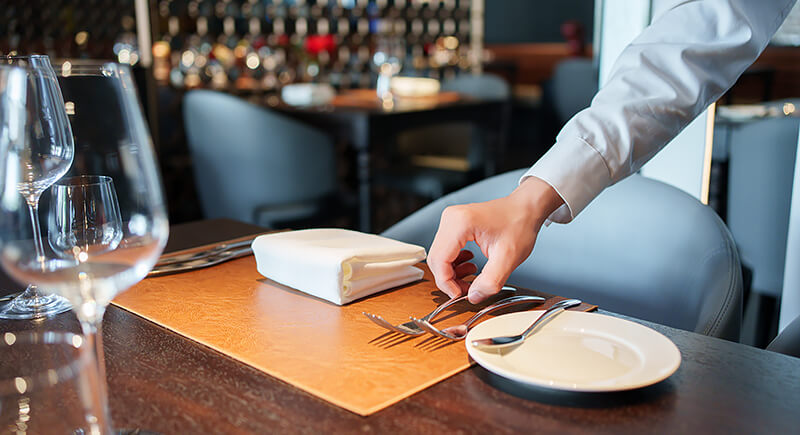
Credit: iStockphoto
A place setting full of silverware doesn’t need to cause panic. Start with the utensils farthest from the plate and move inward with each course. That’s the only rule you need to remember. The system helps both you and the staff stay in sync through the meal.
Pat Your Face And Hands Before You Drink
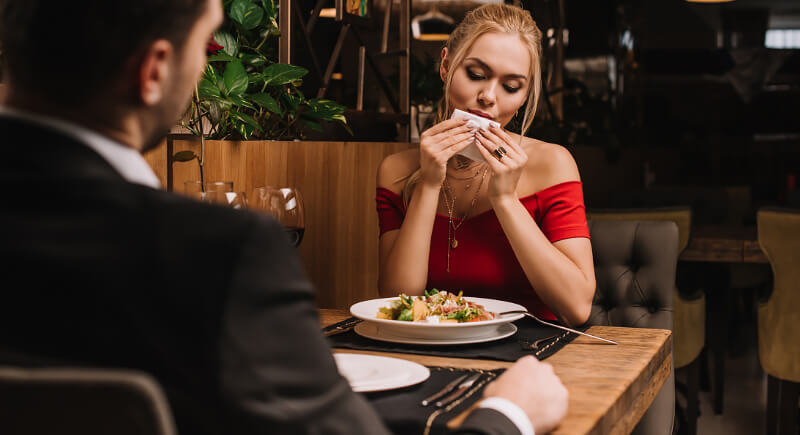
Credit: Getty Images
Before lifting your glass, lightly dab your lips and fingertips with a napkin. This reset removes oils and lipstick, keeps the rim clear, and protects stemware. It also keeps linens cleaner and makes service easier. Servers handle spotless glasses, guests see polish, and the setting looks composed.
Sip From The Same Spot On The Glass

Credit: Canva
After the first sip, never rotate the glass and return it to the same place on the rim each time. The glass stays spotless, and lipstick or gloss marks won’t spread. The detail’s small but polished, reflecting awareness without effort. It’s one of those micro-habits seasoned diners don’t think about; they just do.
Don’t Clink Glasses At Toasts

Credit: Canva
When the moment calls for a toast, lift your glass slightly and meet a few eyes instead of tapping rims. Fine glassware chips easily, and silence feels more graceful anyway. The gesture keeps the energy warm and composed while protecting the delicate tools of celebration.
Leave A Tiny Bite On Your Plate
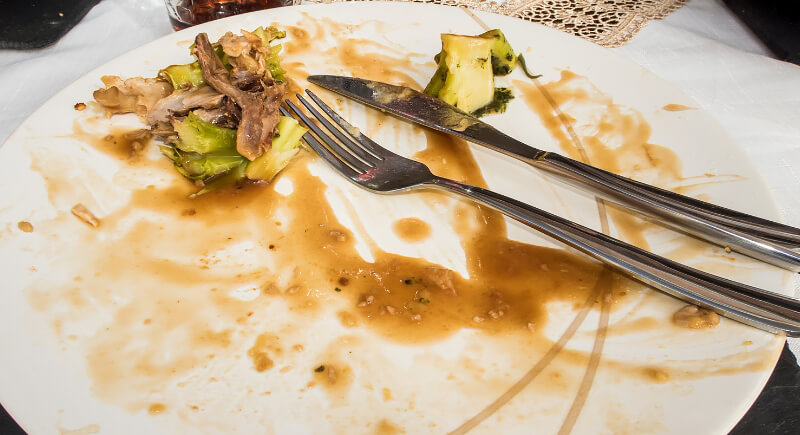
Credit: Getty Images
Finishing every crumb can come across as overeager instead of satisfied. Leaving a small bite shows you’ve enjoyed the meal and feel comfortably full. The gesture has long been a subtle dining signal, quietly telling the chef you’re content without drawing attention or disrupting the meal’s graceful ending.
Respect The Edge Of The Plate
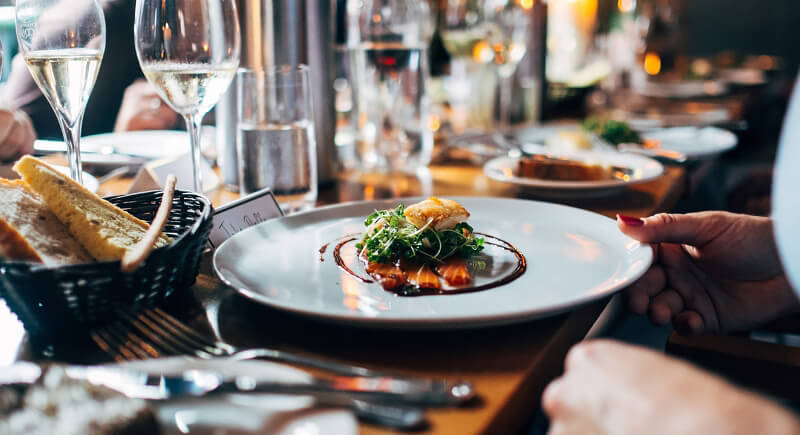
Credit: Canva
A clean plate rim helps the staff handle dishes neatly. Avoid dragging sauce or crumbs to the edge, because it’s where servers grip when clearing. This thoughtful detail often goes unseen by guests but says plenty about your awareness. Good manners aren’t loud. They’re small, consistent, and easy to notice.
Ask Questions About The Menu

Credit: Canva
Curiosity fits perfectly at the table. Asking about an unfamiliar ingredient or a wine pairing shows you care about the experience. Most fine-dining servers enjoy sharing what makes a dish special. Engaging with them helps you choose better, learn more, and enjoy the meal with genuine interest.
No Substitutions Without Reason
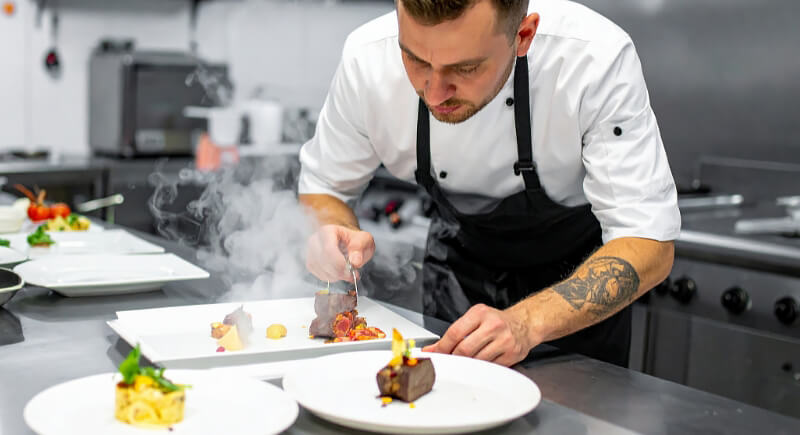
Credit: Canva
A chef plans each course to tell a story. Changing ingredients or skipping elements without need interrupts that balance. Unless you have allergies or restrictions, trust their design. Let the experience unfold as intended, and you’ll likely find the flavors make sense exactly as the kitchen meant them to.
Signal “Finished” With Your Napkin
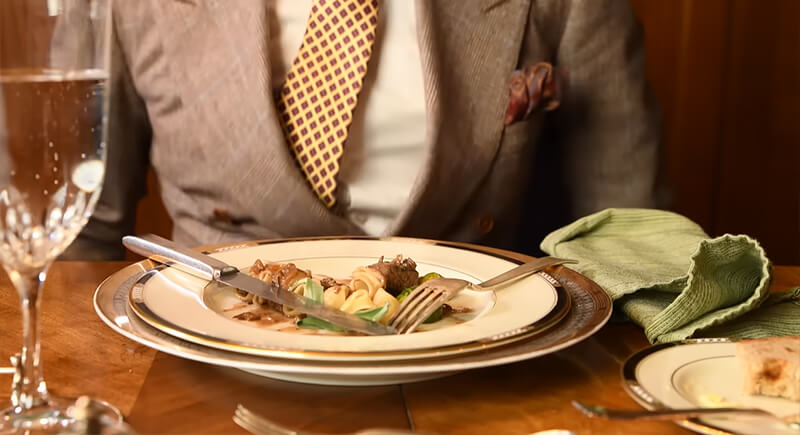
Credit: Youtube
When you’re done, fold your napkin loosely and rest it to the left of your plate. It tells the staff the meal has ended and the table can be cleared. Avoid tossing it on the chair or leaving a crumpled heap. Polished gestures make quiet communication effortless.
Raise Your Hand Politely, Don’t Yell
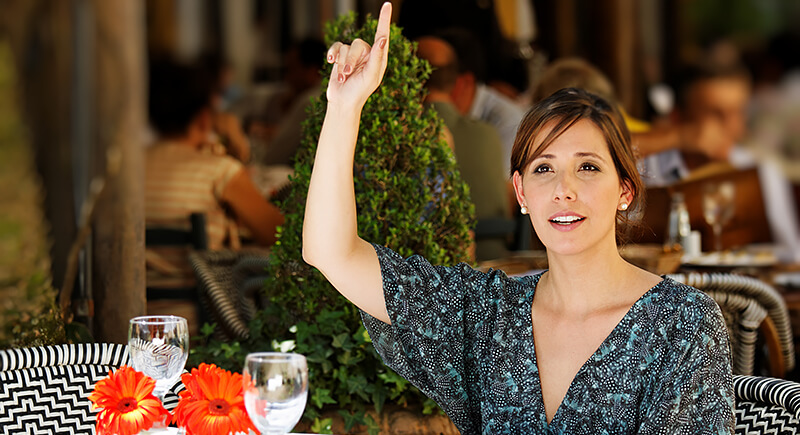
Credit: iStockphoto
Servers notice patience. Instead of calling across the room or waving, make brief eye contact or lift your hand slightly when you need help. It keeps the environment calm and dignified. A restaurant runs smoother when communication feels natural, not disruptive, and everyone appreciates that subtle respect.
Taste Before Adding Salt Or Seasoning

Credit: Canva
Chefs craft every dish with balance in mind. Reaching for salt before even tasting suggests doubt in their skill. Try the food first, then adjust gently if needed. It’s a small courtesy that honors their craft and lets you enjoy the flavors as they were thoughtfully composed.